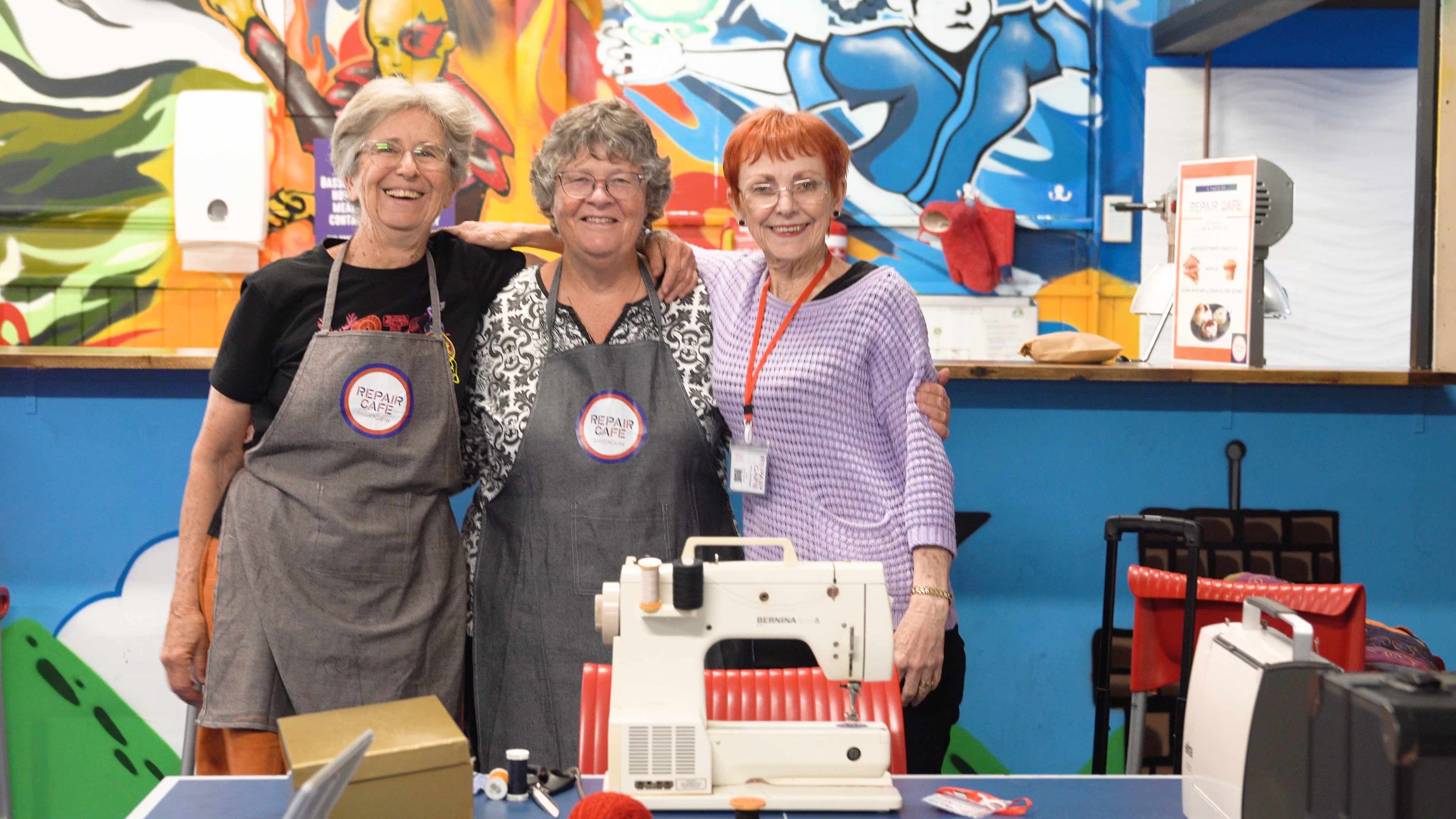
Join the repair economy
GREAT Sorts in your neighbourhood put less in their landfill bin by visiting their local repair lab or repair cafe.
Posted on: July 13, 2020
From food packaging and cigarette butts through to disposable items like balloons, straws, plastic cutlery and wipes, single-use plastics are ever-present in everyday life. They are also a major cause of litter and frequently contaminate our recycling.
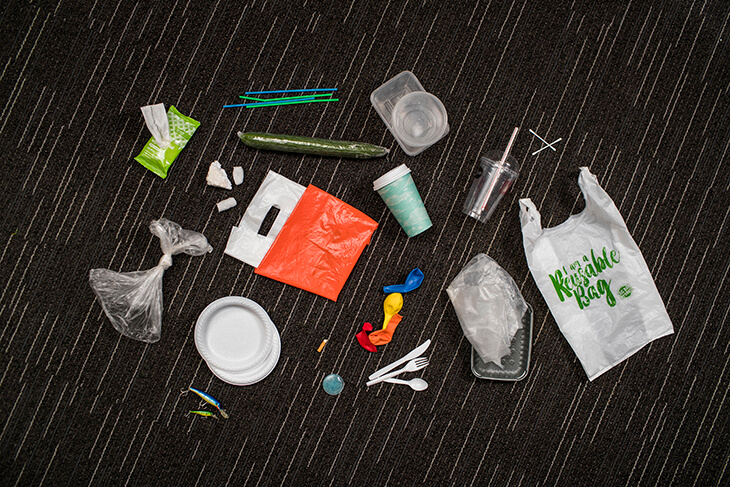
Here are five ways you can tackle single-use plastic today.
After the introduction of the ban on lightweight plastic bags in Western Australia it’s estimated that, in just the first six months, it prevented approximately 225 million bags from ending up in landfill and the ocean.
Now the WA Government is asking the public what types of single-use plastic they’d like to see tackled next through a possible mix of regulation, education and changes to government purchasing practices.
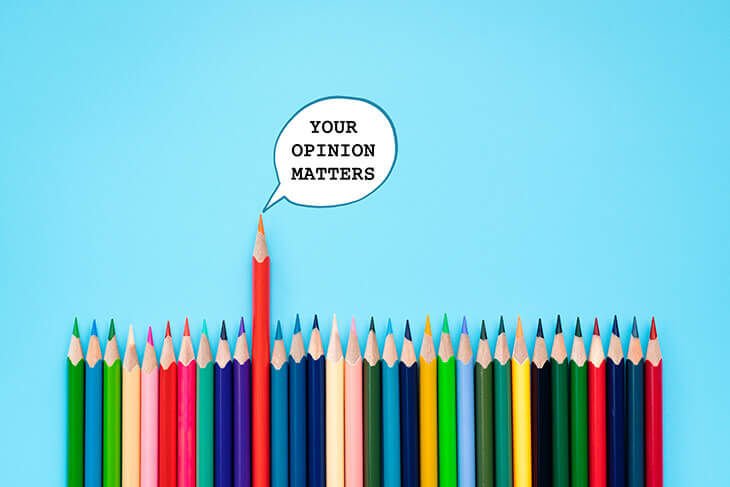
The WA Government is asking for your views on single-use plastic. Use your voice to help set the agenda.
This is an opportunity for you to help shape how WA will tackle the issue of waste from the top down.
You can specify which 10 single-use plastics you’re most concerned about as well as the approaches you’d most like to see the Government take to help reduce them in the future.
If you haven’t already done so, complete the “Reducing Single-Use Plastic Survey” (it closes Friday 12 July) – it should only take about five minutes. You also have the opportunity to participate in one of 10 community workshops around the state, you can register your interest via the Department of Water and Environmental Regulation.
They say change starts at home, but when it comes to tackling single-use products we think it’s changing what you do when you are out-and-about (and most in need of convenience) that holds the key!
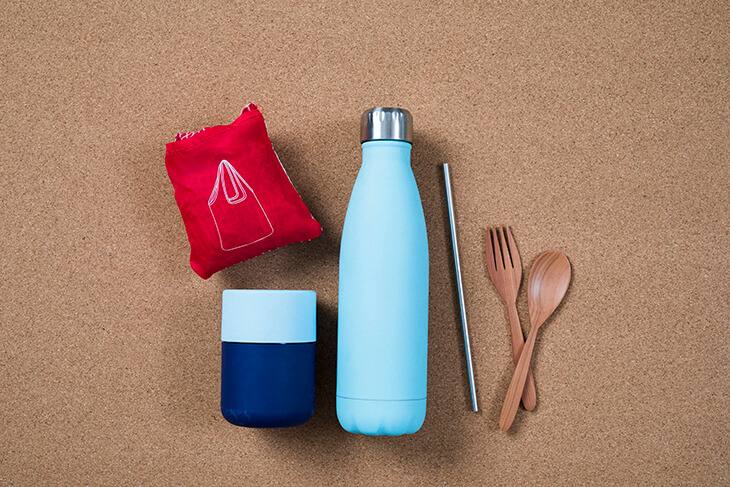
Carrying lightweight reusable items with you can help to eliminate hundreds of single use plastics each year.
Breaking up with single-use plastic is much easier if you have the right tools in your toolkit! Some of favourite impact-owning items include:
Sick of seeing over-packaged products everywhere? Vote with your wallet and leave them on the shelf. This includes everything from your fruit, veg, bread and grocery staples through to takeaway meals and less common purchases like toys and electrical items.
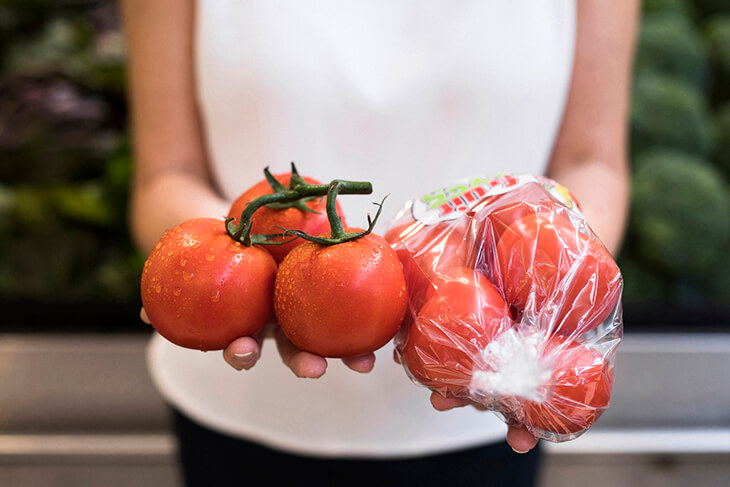
‘Naked’ is the new black. Leave over-packaged items on the shelf.
Bring extra bags and containers when you head to the supermarket, and buy from farmers’ markets, bulk food stores and second-hand shops instead. In the same way you may consider price when comparing items, start comparing the plastic waste and use this to inform your decision-making.
These sorts of small changes add up, item by item, shop by shop.
One of the biggest problems with single-use plastics is that they are often disposed of incorrectly.
Regardless of whether you make the rubbish yourself or find it when you are out-and-about, putting it in a bin is a step in the right direction. While landfill is never our preferred option, it’s certainly better than litter being ingested by wildlife and marine life and waste blockages caused by flushing items down the toilet (fatberg anyone?).
If it’s recyclable, and if you can, put it in a recycling bin.
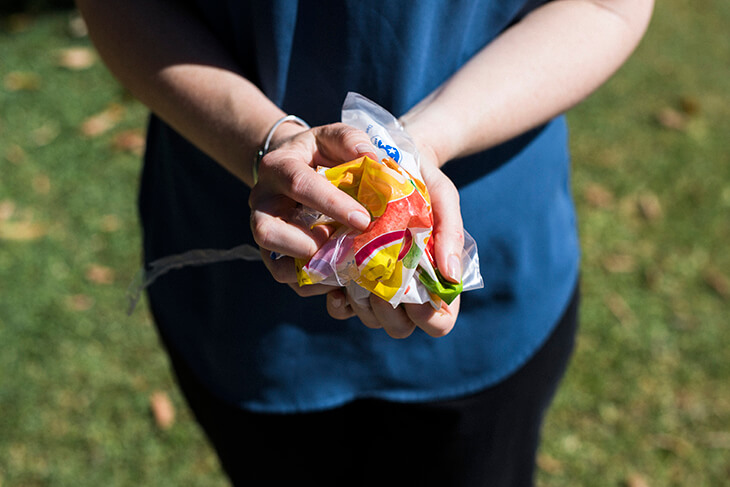
Wondering what goes where? Here are 13 common problem items and where they should go.
Takeaway coffee cups
Straws
Drink container (silver-lined cartons)
Food packaging (hard plastic, dirty)
Cigarette butts
Wipes (baby, cleaning, facial; including those marked as 'flushable')
Disposable nappies
Condoms
Fishing line
Takeaway coffee lids
Drink containers (glass, aluminium, plastic bottles, wax-lined cartons)
Drink container lids (metal)
Food packaging (hard plastic, clean)
Drink container lids (plastic)
Start small – choose one single-use plastic item to wage a personal war against – or be ambitious and target them all.
If you need a helping hand to get started (and stay motivated) why not think about joining the 2+ million people worldwide who do Plastic Free July?
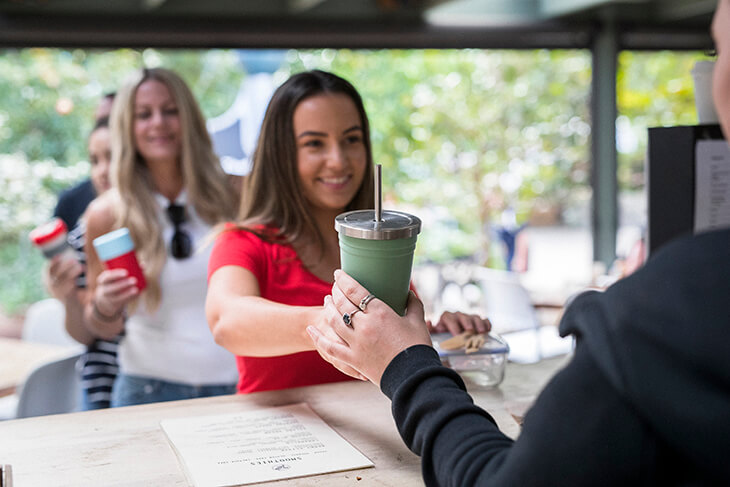
Establishing new routines can help to reduce single-use plastics – and it’s easier than you probably think
Do you have some ideas about how to break up with single use plastics? Share them on social media using #wastesorted, tag us on Facebook and Instagram or send us an email.

GREAT Sorts in your neighbourhood put less in their landfill bin by visiting their local repair lab or repair cafe.
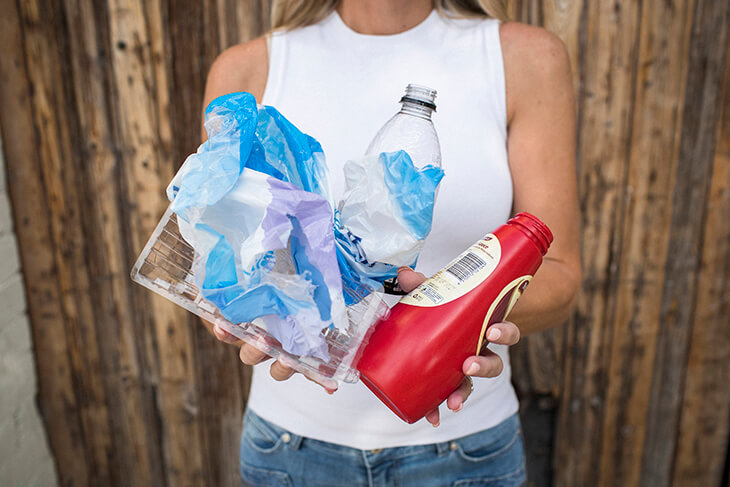
If you’re intrigued by Plastic Free July and keen to understand what it is and how you can get involved read on because we’ve put together a concise information guide for you.
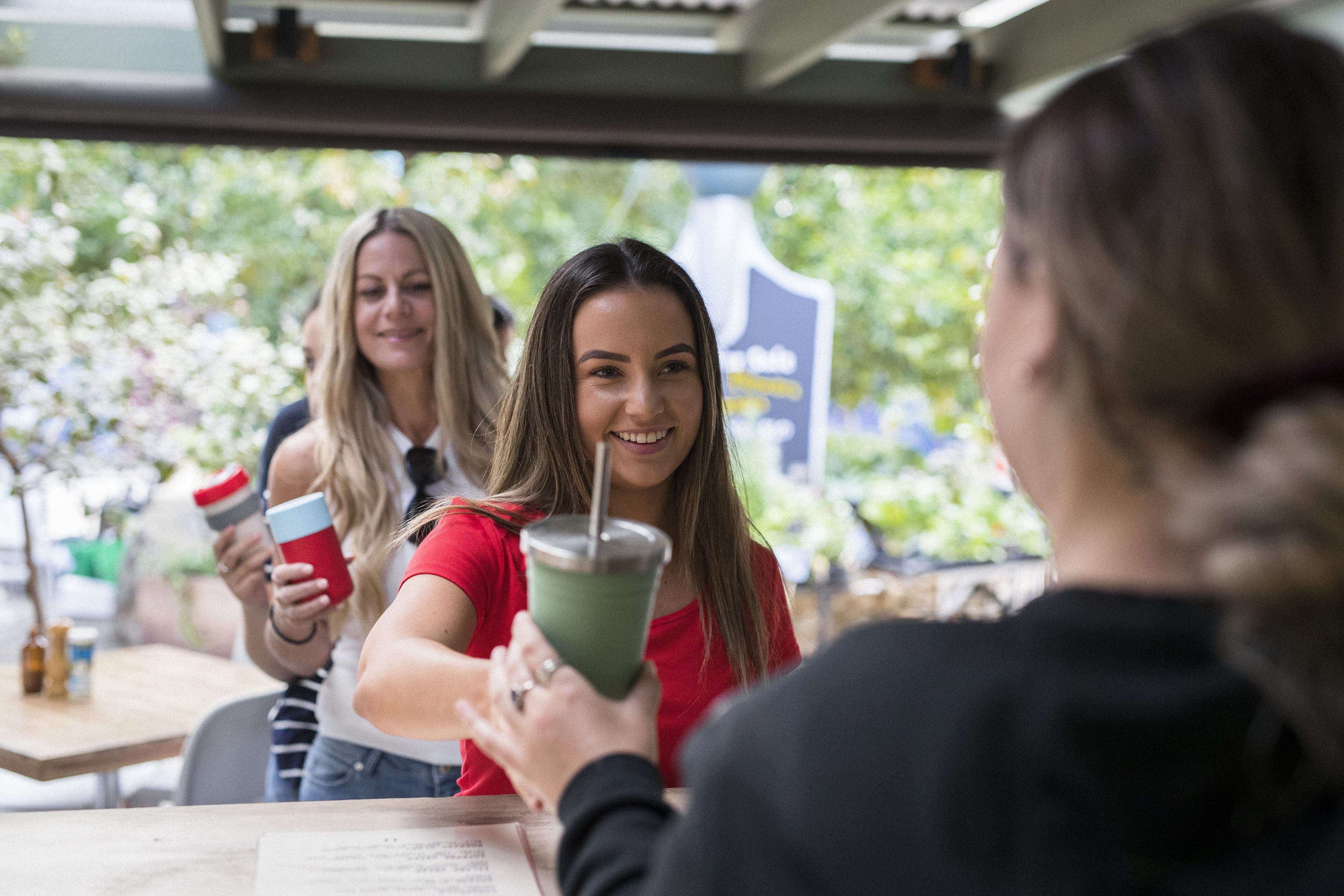
It’s easy for environment and climate issues to feel overwhelming, and to wonder what impact your contribution can make towards a greener, more sustainable world. Luckily, there are plenty of things you and your household can do to play your part and make a difference.